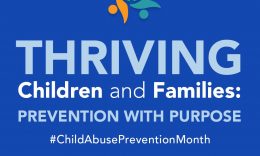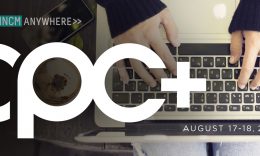Predator Proofing Your Organization – Webinar Recap Part 2

Predators are everywhere and often target organizations that serve children and youth. This month KidCheck hosted a free two-part webinar series on Predator Proofing Your Organization. The series was designed to provide leaders of child and youth-focused organizations with the most current information on protecting their organizations from predators.
The goal of Part 2 was to leverage what was learned in Part 1 and help organizations build a proactive culture that prioritizes child safety and protection. Topics that were covered included modern prevention methods and protective measures, the role of reporting and response, what to do, and say if a child discloses abuse, and support guidelines for children and families.
Part #2: Click here to watch
Listed below are a few of the questions that came up during the Part 2 discussion.
1. What is a Medication Policy?
A Medication Policy is a guideline that states how an organization intends to manage and administer either prescription or non-prescription medications to the children under their care. This policy encompasses guidelines for both children and youth.
The Medication Policy is a guideline highlighted in the Child Protection Policy.
2. What are the parameters of the Rule of Two? Does the rule apply to two men or an adult and youth? Are parents of youth, okay? Should youth be screened?
The Rule of Two or Two Adult Rule is the preferred standard for abuse prevention because it increases safety, reduces the rate of incidence and liability, protects the caregiver. The Two-Adult rule states that no fewer than two fully screened adults and two children must always be present and includes activities such as the normal course of business, a special event, an off-site activity, and during group classes the are combined ages.
The main purpose of this rule is to increase accountability and decrease isolation by putting more than one set of eyes on any given situation. However, we understand that every organization is different and there are multiple scenarios to which the rule will need to flex. But here is the just of it.
Experts recommend having two fully screened, unrelated adults around at all times. Often specified gender requirements include, when two adults serve together, one of them must be a woman. In most organizations, a fully screened teen (18 or younger) does not count as one of the two adults and should always be accompanied by two fully screened adults. However, this situation can be looked at on a case by case basis as youth should always be screened like adults and serve with at least one adult.
3. Is Checkout important, and what should the age requirements be to retrieve a child?
Putting thought into your checkout process is every bit as important as your check-in procedure. Checkout ensures that a child or children are never released to an unauthorized guardian or someone who shouldn’t receive access.
Regardless of whether you are using an electronic solution or other methods, certain tracking and safety measures are still a necessity. You must have accurate attendance records of children checking in and out, know who is authorized and unauthorized to pick up the child or children, be aware of any allergy or medical concerns and have a process to access the data you need when and where you need it.
As we wrap up of Part 1 and 2, we’d like to extend a big thank you to those who joined us for one or both of the webinars. We greatly appreciate all the questions and the information shared by attendees. If you have any additional insights or thoughts, please post them in the comments section below!
Click here to subscribe to the KidCheck blog and keep up on the latest trends in child safety and protection, and the benefits of secure children’s check-in or join our growing social community on Twitter, Facebook, Pinterest, and Instagram.


